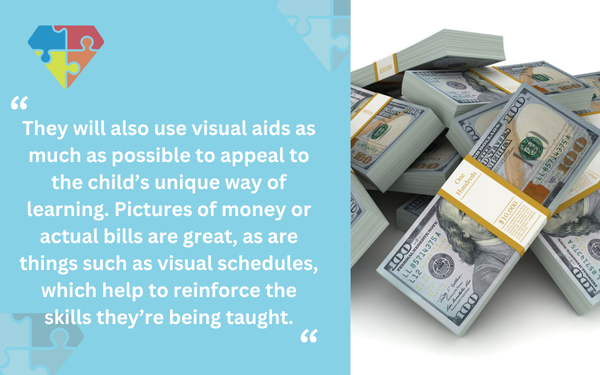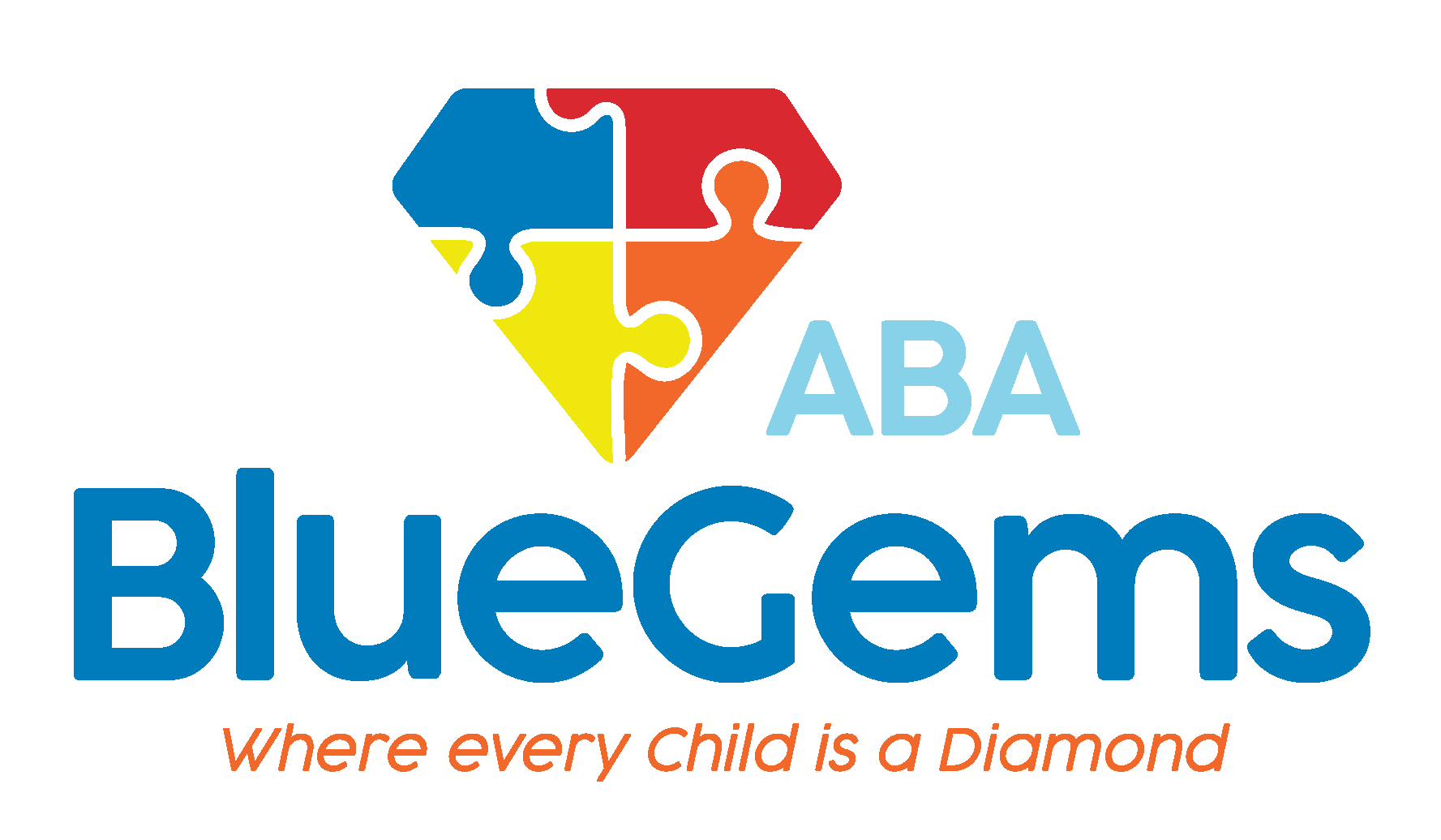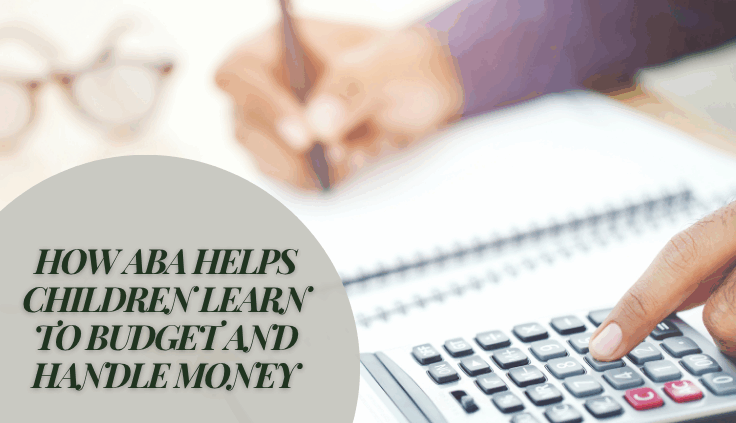How ABA Helps Children Learn to Budget and Handle Money
Children need to learn important practical life skills so they can live independently. Understanding how to shop, pay bills, budget and handle money are all key skills that increase a person’s autonomy.
Concepts such as these are complicated and take time to learn and master. Children with autism spectrum disorder (ASD) may need extra support and specialized instruction to teach them skills such as these.
Yet, it’s extremely important that they do, so they have a better chance of living independently as they grow older.
Applied behavior analysis (ABA therapy) provides a structured environment and framework to teach skills such as these, as it caters to the specific learning styles that children with autism have.
Below, we’ll discuss how ABA therapy helps children learn to budget and handle money.
Table Of Contents
What Are Some Challenges Associated with Certain Concepts?
Children with autism are considered visual thinkers, which means they often benefit when there’s a visual element that accompanies instruction and learning in general. From that standpoint, it might seem that grasping how to budget and handle money might be simple for them, since there is a visual component to it.
That being said, how to handle money requires abstract thinking in many ways, especially when dealing with more complex details such as planning, budget and other finances beyond simple exchange of money for a single purchase.
This is where ABA therapy can help, providing concrete strategies to help children with autism grasp these complex yet important concepts.
| Challenge | Why It’s Difficult | ABA-Based Solution |
|---|---|---|
| Abstract Thinking | Budgeting involves planning and prediction, which may be hard for literal thinkers. | Use concrete visuals and real-world examples to represent money concepts. |
| Multi-Step Tasks | Complex skills like “budgeting” involve multiple actions. | Break down tasks via task analysis into smaller, sequential steps. |
| Generalization | Skills learned in therapy might not transfer to real-world situations. | Integrate practice across environments using community-based learning. |
| Sustained Motivation | Maintaining attention across repeated trials can be difficult. | Use frequent and meaningful positive reinforcement. |
What Are Some Strategies ABA Therapy Uses to Teach Money?
ABA therapists will have a lot of strategies at their disposal to teach money. The ones that they use for each patient will be based on that individual’s unique strengths, challenges and preferences — a process that makes the interventions more effective.
Most treatment plans will begin the basics. This includes concrete concepts such as how to identify bills and coins. These clear ideas are easily understandable and serve as the foundation for understanding the more complex aspects of money.
Therapists will also use structured learning strategies such as task analysis. This includes breaking down necessary skills into smaller, individual steps that are much more manageable for children with ASD to grasp.
They will also use visual aids as much as possible to appeal to the child’s unique way of learning. Pictures of money or actual bills are great, as are things such as visual schedules, which help to reinforce the skills they’re being taught.

When ABA therapists work to help patients generalize skills across all environments, they will participate in hands-on learning experiences with the children, doing things such as role playing to show them how to apply the skills learned in sessions to practical settings.
These real-world scenarios help to bridge that gap between the abstract concept of money and the application of it in real life.
How Do ABA Therapists Come Up with Treatment Plans Around Money?
With every targeted skill and behavior in ABA therapy, the team will personalize the learning experience to the individual child they are working with. By integrating their unique learning styles, strengths, preferences and challenges into the plan, they can be more successful in teaching concepts.
This information will be gathered through assessments and evaluations, as well as hands-on experience between the therapist and patient. During sessions, they will collect data and analyze it to assess the patient’s progress toward goals, which can provide insights as to whether the designed interventions are working well.
One of the biggest advantages of ABA therapy is that there are various strategies and tools that can be used to teach the same concepts. This allows therapists to choose the ones that each individual patient is likely to respond best to, providing flexibility and customization.
This personalization also comes into play in the positive reinforcement that’s integrated into all ABA therapy treatment plans. The reward that children are provided when they successful exhibit the target skill or behavior is something that they respond well to — a toy they love, a token they can exchange later or extra praise — which helps keep them engaged in the therapy and motivated to keep learning more.
Blue Gems ABA Teaches Practical Skills
Practical skills such as budgeting and handling money are critical for children with ASD to learn. These skills, and others like it, form the building blocks of being able to live independently.
At Blue Gems ABA, our ultimate goal is to help each and every one of our patients to live as independently as they possibly can. For those who it is appropriate, we teach practical skills such as how to budget and manage money, with strategies that are catered to their unique characteristics.
To learn more, please contact us today.




